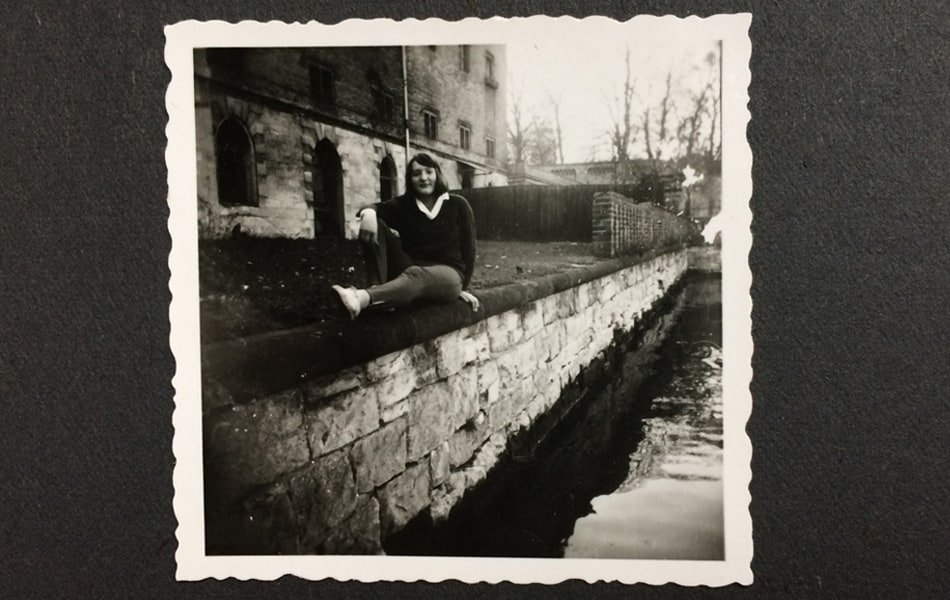Testimonies
Living next
to the New Garden
 Young Mrs. W. at the shore by the Meierei. Multiple escapes were made from here (ca. 1964) - Photo: Privatbesitz
Young Mrs. W. at the shore by the Meierei. Multiple escapes were made from here (ca. 1964) - Photo: Privatbesitz
Mrs. W. (resident on Böcklinstrasse in Potsdam from 1961 to the present)
Mrs. W. was ten years old when she moved with her family to Böcklinstrasse. The doctor’s family with five children was allocated a spacious house close to the border in 1961. In 1962, her seventeen-year-old brother attempted to escape to West Berlin through the yard of Villa Kampffmeyer, close to Berliner Strasse. He was caught, incarcerated and mishandled at the Stasi remand prison on Lindenstrasse in Potsdam. Mrs. W. found out very little about his time in prison, but he never really seemed to get over it, she said.
Mrs. W. met her future husband already in 1968. Their first years together are documented in a photo album. Many of the photos were taken in the New Garden, right next to where they lived in the Berliner Vorstadt neighborhood. According to Mrs. W., the park had always been an important recreational area. She had often gone swimming at Quapphorn spit back in the days of her childhood. In 1963, after the Wall was built around Berlin, access to Jungfernsee was sealed off in the New Garden and a surveillance tower was erected. The changing booths and Ermitage pavilion – built in 1796 with a magnificent interior – were razed in the process. In 1966–7, the border strip at Quapphorn spit was extended to the Green House.
Access to the New Garden via Hasengraben canal was only possible by way of a provisional bridge a few meters from Heiliger See. Cecilienhof Palace and the rest of the New Garden remained open to the general public. The memorial site and hotel complex at Cecilienhof drew visitors from around the world, including the Soviet head of state and party leader Mikhail Gorbachev and UN Secretary-General Kurt Waldheim. Family celebrations and anniversaries were held at the restaurant.
A section of the border fence is always visible in the background in the private photos of Mrs. W. It was a normal part of everyday life for visitors to the park. There is no surviving record of when the border fence at the shore was replaced by a wall. A picture in Mrs. W.’s photo album, taken around 1965 she presumes, depicts her girlfriend on a wooden trellis fence between the Old Meierei and the grotto.
Mrs. and Mr. W. got married in 1974. They had two children, both of whom grew up on Böcklinstrasse. Mr. W., a native of Babelsberg, worked as a factory manager in Potsdam for a machine-building company (Maschinenbauhandel Berlin) and was a member of the CDU bloc party. His wife worked at a clinic as an assistant radiologist. In retrospect she described her life near the border as calm and »sheltered« (despite the unfortunate episode of her brother’s failed escape).
The British and French military liaison missions on Seestrasse were located near their home. At night she could hear the rhythmic marching of Soviet soldiers, heading to Böcklinstrasse to relieve the guard. Holidays like the Queen’s birthday or Bastille Day on July 14th were marked by big celebrations at the military liaisons. The locals would walk past, casting curious glances at the glittery outfits worn by foreign women. Locals generally had no access to such festivities, unless they happened to work in the local service or restaurant industry.
The W. family likewise had to keep a house book for their single-family home. It was regularly inspected and verified by the beat patrol officer (ABV).
Photo album
The New Garden around 1964
Mrs. W. kept her best photos of the New Garden in a homemade photo album. The photos were taken around 1964 and show how rudimentary at first the barriers in the New Garden were. The border area was expanded soon afterwards and access to the water was cut off until 1989.











